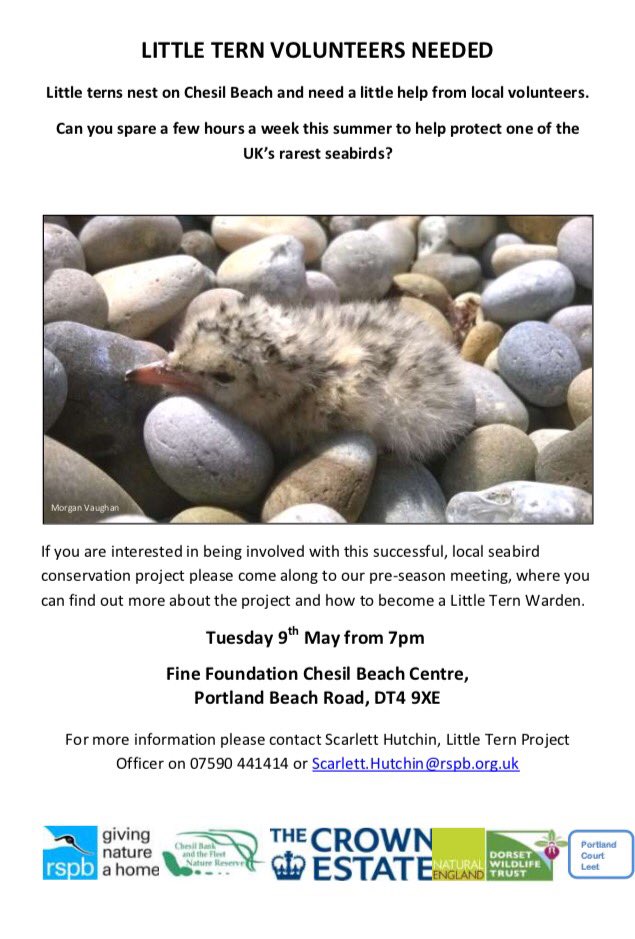
Just a rather modest flurry of new arrivals today - the prevailing quiet and very dry weather conditions make for nice, easy birding but perhaps there's a sense now that a bit of a stir-up wouldn't do any harm. Although numbers were significantly reduced there was a fair bit of variety on offer, with the Bill area coming up with totals on the ground of 150
Willow Warblers, 50
Wheatears, 25
Blackcaps, 20
Chiffchaffs, 2 each of
Redstart,
Black Redstart,
Whinchat, and
Sedge Warbler, and singles of
White Wagtail,
Ring Ouzel,
Lesser Whitethroat and
Pied Flycatcher; another 2
Ring Ouzels lingered on at Barleycrates Lane and a
Snipe at Suckthumb Quarry was a extra species for the day. Visible arrivals were a feature throughout, with Swallows in particular passing through in some quantity. The sea ticked over without ever getting busy, with 65
Common Scoter, 18
Whimbrel, 14
Bar-tailed Godwits, 10
Red-throated Divers, 5
Arctic Skuas, 4
Sandwich Terns and 2
Great Skuas the pick of the day's tally at the Bill.
Whinchat at Suckthumb Quarry © Graham Stacey:
Finally, we've received an interesting follow up to Ken Dolbear's recent sighting of a Dotted Bee-fly from John Mellings, an entomologist who's moved to Portland relatively recently; John's note is worth posting in full:
As an entomologist, I was
interested in Ken Dolbear's Dotted Bee-fly Bombylius discolor posting of
6th April, particularly as Carol and I recorded several specimens (males and
females) of this species on Saturday afternoon, at the northern end of the East
Weares (if the rather inaccessible bit of coast with two small saline lagoons
immediately east of Grove Prison, is still considered being part of the East
Weares?) The grid ref was around SY70543 72352. The insects were flying over
the open part of the path just before the beach.
I also have recorded Black Oil
Beetle Meloe proscarabaeus on the island (see below) - I got a bit
carried away and have written the following, in case it is of interest to
you/readers of the blog? Goes into a bit of detail about lifecycles/host
associations etc:
Bee-flies are parasitic within
the nests of ground nesting solitary mining bees. In the UK, Dotted Beefly
has been associated with two species of the ground-nesting mining bee genus Andrena.
These include the Yellow-legged Mining Bee Andrena flavipes and the Ashy
Mining Bee A. cineraria, both of which occur on Portland (I recorded
them during a survey in 2013). The UK range of both bees have, according to
records, increased in range in recent years and I suspect that
an increase in Dotted Bee-fly distribution is related to this.
My Portland Dotted Bee-fly records
were in an area where Ashy Mining Bees were nesting. In the
literature Dotted Bee-fly has been associated primarily with the
Yellow-legged Bee-fly in coastal southern England, whilst it has been more
strongly associated in the Cotswolds with Ashy Beefly. I have seen Dotted
Beefly both on the south coast and in the Cotswolds within close proximity
of Ashy Beefly aggregations, however, whilst observation is valuable such
records do not necessarily prove an association.
Interestingly,
bee-flies exhibit a similar biology to those of the oil beetles and
species like the Black Oil-Beetle Meloe proscarabaeus are nearly
always seen in close proximity to ground nesting bee aggregations in warm,
sheltered locations, often with bee-flies and hymenopteran cuckoo bee species
also in attendance.
I have seen Black Oil Beetles in
only one area of Portland so far; amongst Lesser Celandine Ranunculus
ficaria within the gardens at Grove Prison, myself and friends
first saw the species there in spring 2015 and have seen it again in a
similar location this year. In my experience (and I have seen a lot of oil
beetles in different parts of the country), Lesser Celandine is pretty much
always present. Whilst, as far as I know, there have been no scientific studies
regarding this association, I have read anecdotal accounts of this
associations.
Despite being from completely
different taxonomic orders, the life-cycles of bee-flies and oil beetles
are remarkably similar. The larvae of oil beetles and bee-flies both have early
larval stages which are adapted for crawling and, in some cases, clinging to
the host bee species. These larvae are collectively called 'planidia'. In
the case of the oil beetles, the name 'triungulin' is used, as the species have
three claws, enabling the larvae to cling to the hairs on the legs of host
bees. The triungulins are transferred from flowers to the bee's legs as they
forage on flowers and are then transported to the nest chambers of the
host.
Once in the nest cell, the larvae
are sealed into the larval chamber of the host bee where they change from
agile, crawling planidia or triungulins to fleshy, immobile maggot-like
larvae. Both oil-beetle and bee-fly larva then feeds on the supply of
pollen provided by the host bee for it's own progeny and at the progeny's
expense. After developing fully, the oil beetle and bee-fly larvae pupate,
usually emerging in the following spring.
I suspect that like many species,
the Dotted Beefly is under-recorded on a national basis. It needs to be
stationary for conclusive identification and is probably overlooked by
non-entomologists due to its similarity to the ubiquitous Dark-edged
Beefly Bombylius major. Incidentally I have also seen the latter
species on several occasions on Portland. I think Dark-edged Beefly is
usually ignored by recorders as it is pretty much as common in southern
England as the Speckled Wood Butterfly (for example).





















































